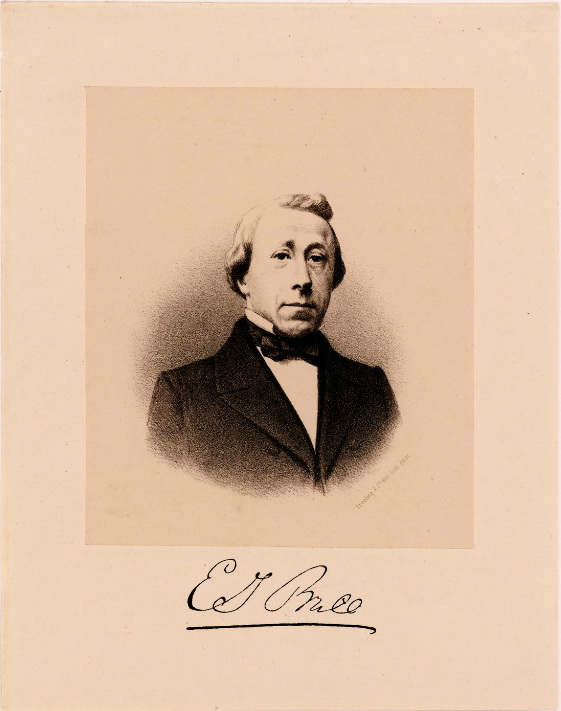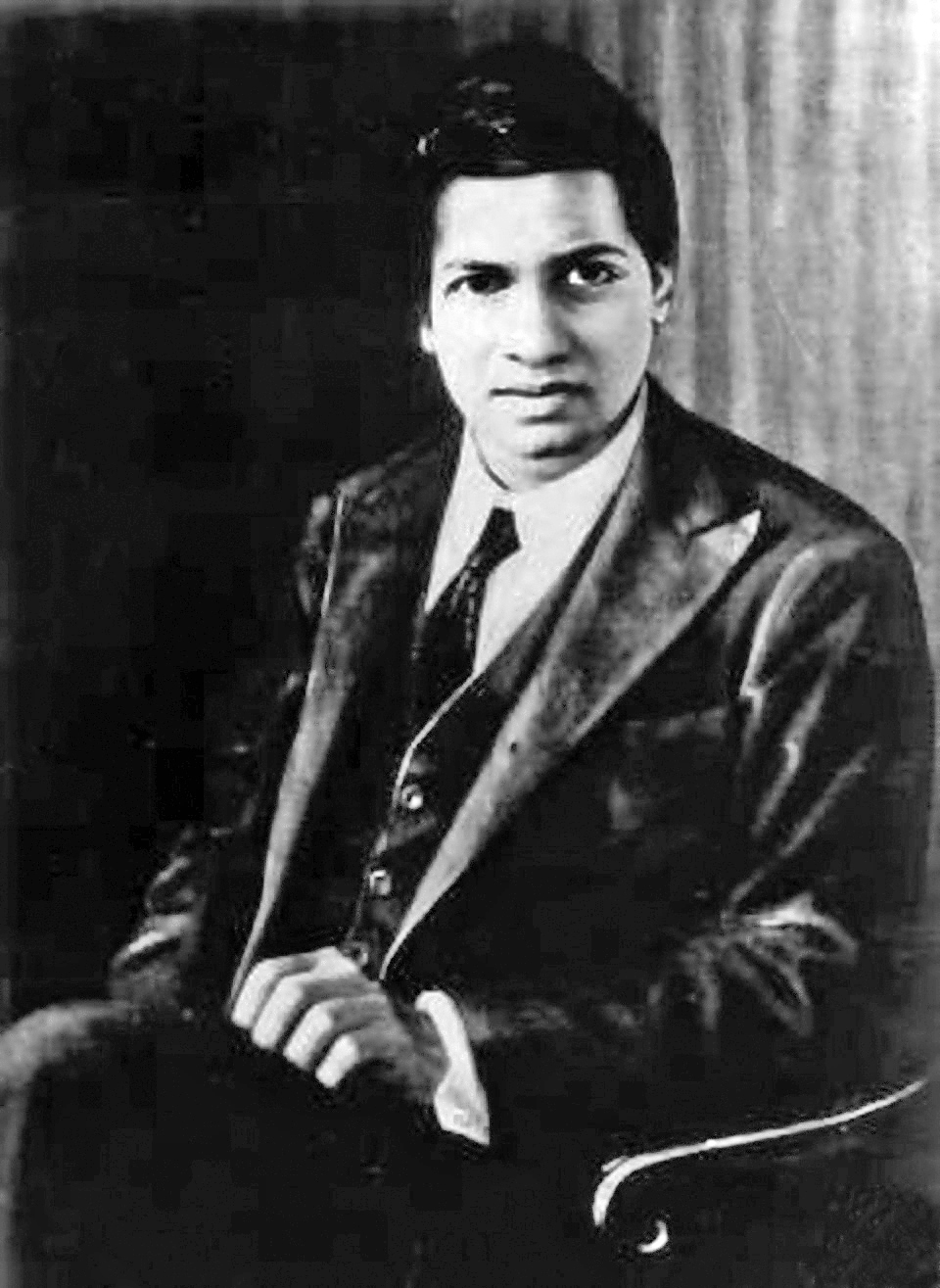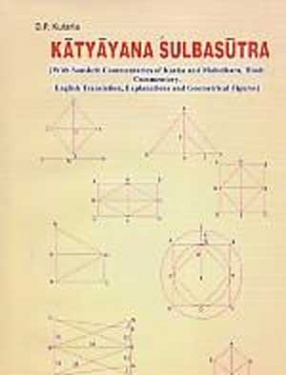|
MahńĀvńęra (mathematician)
MahńĀvńęra (or Mahaviracharya, "Mahavira the Teacher") was a 9th-century Jain mathematician possibly born in Mysore, in India. He authored '' GaŠĻáitasńĀrasanŐĄgraha'' (''Ganita Sara Sangraha'') or the Compendium on the gist of Mathematics in 850 AD. He was patronised by the Rashtrakuta king Amoghavarsha. He separated astrology from mathematics. It is the earliest Indian text entirely devoted to mathematics. He expounded on the same subjects on which Aryabhata and Brahmagupta contended, but he expressed them more clearly. His work is a highly syncopated approach to algebra and the emphasis in much of his text is on developing the techniques necessary to solve algebraic problems. He is highly respected among Indian mathematicians, because of his establishment of terminology for concepts such as equilateral, and isosceles triangle; rhombus; circle and semicircle. MahńĀvńęra's eminence spread throughout South India and his books proved inspirational to other mathematicians in Southe ... [...More Info...] [...Related Items...] OR: [Wikipedia] [Google] [Baidu] |
Jain
Jainism ( ), also known as Jain Dharma, is an Indian religion. Jainism traces its spiritual ideas and history through the succession of twenty-four tirthankaras (supreme preachers of ''Dharma''), with the first in the current time cycle being Rishabhadeva, whom the tradition holds to have lived millions of years ago, the twenty-third ''tirthankara'' Parshvanatha, whom historians date to the 9th century BCE, and the twenty-fourth ''tirthankara'' Mahavira, around 600 BCE. Jainism is considered to be an eternal ''dharma'' with the ''tirthankaras'' guiding every time cycle of the cosmology. The three main pillars of Jainism are '' ahiŠĻÉsńĀ'' (non-violence), '' anekńĀntavńĀda'' (non-absolutism), and '' aparigraha'' (asceticism). Jain monks, after positioning themselves in the sublime state of soul consciousness, take five main vows: '' ahiŠĻÉsńĀ'' (non-violence), '' satya'' (truth), '' asteya'' (not stealing), '' brahmacharya'' (chastity), and '' aparigraha'' (non-possessiveness) ... [...More Info...] [...Related Items...] OR: [Wikipedia] [Google] [Baidu] |
Negative Number
In mathematics, a negative number represents an opposite. In the real number system, a negative number is a number that is inequality (mathematics), less than 0 (number), zero. Negative numbers are often used to represent the magnitude of a loss or deficiency. A debt that is owed may be thought of as a negative asset. If a quantity, such as the charge on an electron, may have either of two opposite senses, then one may choose to distinguish between those senses‚ÄĒperhaps arbitrarily‚ÄĒas ''positive'' and ''negative''. Negative numbers are used to describe values on a scale that goes below zero, such as the Celsius and Fahrenheit scales for temperature. The laws of arithmetic for negative numbers ensure that the common-sense idea of an opposite is reflected in arithmetic. For example, ‚ąí(‚ąí3) = 3 because the opposite of an opposite is the original value. Negative numbers are usually written with a Plus and minus signs, minus sign in front. For example, ‚ąí3 represents a negative ... [...More Info...] [...Related Items...] OR: [Wikipedia] [Google] [Baidu] |
9th-century Indian Jains
The 9th century was a period from 801 ( DCCCI) through 900 ( CM) in accordance with the Julian calendar. The Carolingian Renaissance and the Viking raids occurred within this period. In the Middle East, the House of Wisdom was founded in Abbasid Baghdad, attracting many scholars to the city. The field of algebra was founded by the Muslim polymath al-Khwarizmi. The most famous Islamic Scholar Ahmad ibn Hanbal was tortured and imprisoned by Abbasid official Ahmad ibn Abi Du'ad during the reign of Abbasid caliph al-Mu'tasim and caliph al-Wathiq. In Southeast Asia, the height of the Mataram Kingdom happened in this century, while Burma would see the establishment of the major kingdom of Pagan. Tang China started the century with the effective rule under Emperor Xianzong and ended the century with the Huang Chao rebellions. While the Maya experienced widespread political collapse in the central Maya region, resulting in internecine warfare, the abandonment of cities, and a northwar ... [...More Info...] [...Related Items...] OR: [Wikipedia] [Google] [Baidu] |
9th-century Indian Mathematicians
The 9th century was a period from 801 ( DCCCI) through 900 ( CM) in accordance with the Julian calendar. The Carolingian Renaissance and the Viking raids occurred within this period. In the Middle East, the House of Wisdom was founded in Abbasid Baghdad, attracting many scholars to the city. The field of algebra was founded by the Muslim polymath al-Khwarizmi. The most famous Islamic Scholar Ahmad ibn Hanbal was tortured and imprisoned by Abbasid official Ahmad ibn Abi Du'ad during the reign of Abbasid caliph al-Mu'tasim and caliph al-Wathiq. In Southeast Asia, the height of the Mataram Kingdom happened in this century, while Burma would see the establishment of the major kingdom of Pagan Kingdom, Pagan. Tang china, Tang China started the century with the effective rule under Emperor Xianzong of Tang, Emperor Xianzong and ended the century with the Huang Chao#Rebellions, Huang Chao rebellions. While the Maya civilization, Maya experienced widespread Classic Maya collapse, poli ... [...More Info...] [...Related Items...] OR: [Wikipedia] [Google] [Baidu] |
Kim Plofker
Kim Leslie Plofker (born November 25, 1964) is an American historian of mathematics, specializing in Indian mathematics. Education and career Born in Chennai, India, Plofker received her bachelor's degree in mathematics from Haverford College. She received her Ph.D. in 1995 while studying with adviser David Pingree (Mathematical Approximation by Transformation of Sine Functions in Medieval Sanskrit Astronomical Texts) from Brown University, where she conducted research and later joined as a guest professor. In the late 1990s, she was Technical Director of the American Committee for South Asian Manuscripts of the American Oriental Society, where she was also concerned with the development of programs for the text comparison. From 2000 to 2004, she was at the Dibner Institute for the History of Science and Technology at the Massachusetts Institute of Technology. During 2004 and 2005, she was a visiting professor in Utrecht and at the same time Fellow of the International Institut ... [...More Info...] [...Related Items...] OR: [Wikipedia] [Google] [Baidu] |
Brill Publishers
Brill Academic Publishers (known as E. J. Brill, Koninklijke Brill, Brill ()) is a Dutch international academic publisher founded in 1683 in Leiden, Netherlands. With offices in Leiden, Boston, Paderborn and Singapore, Brill today publishes 275 journals and around 1200 new books and reference works each year all of which are "subject to external, single or double-blind peer review." In addition, Brill provides of primary source materials online and on microform for researchers in the humanities and social sciences. Areas of publication Brill publishes in the following subject areas: * Humanities: :* African Studies :* American Studies :* Ancient Near East and Egypt Studies :* Archaeology, Art & Architecture :* Asian Studies (Hotei Publishing and Global Oriental imprints) :* Classical Studies :* Education :* Jewish Studies :* Literature and Cultural Studies (under the Brill-Rodopi imprint) :* Media Studies :* Middle East and Islamic Studies :* Philosophy :* Religious ... [...More Info...] [...Related Items...] OR: [Wikipedia] [Google] [Baidu] |
A Source Book
A, or a, is the first letter and the first vowel letter of the Latin alphabet, used in the modern English alphabet, and others worldwide. Its name in English is '' a'' (pronounced ), plural ''aes''. It is similar in shape to the Ancient Greek letter alpha, from which it derives. The uppercase version consists of the two slanting sides of a triangle, crossed in the middle by a horizontal bar. The lowercase version is often written in one of two forms: the double-storey and single-storey . The latter is commonly used in handwriting and fonts based on it, especially fonts intended to be read by children, and is also found in italic type. In English, '' a'' is the indefinite article, with the alternative form ''an''. Name In English, the name of the letter is the ''long A'' sound, pronounced . Its name in most other languages matches the letter's pronunciation in open syllables. History The earliest known ancestor of A is ''aleph''‚ÄĒthe first letter of the Phoenician ... [...More Info...] [...Related Items...] OR: [Wikipedia] [Google] [Baidu] |
List Of Indian Mathematicians
chronology of Indian mathematicians spans from the Indus Valley civilisation and the Vedas to Modern India. Indian mathematicians have made a number of contributions to mathematics that have significantly influenced scientists and mathematicians in the modern era. Hindu-Arabic numerals predominantly used today and likely into the future. Ancient * Baudhayana sutras (fl. c. 900 BCE) *Yajnavalkya (700 BCE) *Manava (fl. 750‚Äď650 BCE) *Apastamba Dharmasutra (c. 600 BCE) *''PńĀŠĻáini'' (c. 520‚Äď460 BCE) * KńĀtyńĀyana (fl. c. 300 BCE) * Akspada Gautama(c. 600 BCE‚Äď200 CE) *Bharata Muni (200 BCE-200 CE) *Pingala (c. 3rd/2nd century BCE) Classical Post-Vedic Sanskrit to Pala period mathematicians (2nd century BCE to 11th century CE) Medieval Period (1200‚Äď1800) Kerala School of Mathematics and Astronomy * Madhava of Sangamagrama * Parameshvara (1360‚Äď1455), discovered drk-ganita, a mode of astronomy based on observations * Nilakantha Somayaji (1444‚Äď1545), mathematician and ... [...More Info...] [...Related Items...] OR: [Wikipedia] [Google] [Baidu] |
Narayana Pandit
NńĀrńĀyaŠĻáa PaŠĻኳćita ( sa, ŗ§®ŗ§ĺŗ§įŗ§ĺŗ§Įŗ§£ ŗ§™ŗ§£ŗ•ćŗ§°ŗ§Ņŗ§§) (1340‚Äď1400) was an Indian mathematician. Plofker writes that his texts were the most significant Sanskrit mathematics treatises after those of Bhaskara II, other than the Kerala school. He wrote the '' Ganita Kaumudi'' (lit "Moonlight of mathematics") in 1356 about mathematical operations. The work anticipated many developments in combinatorics. About his life, the most that is known is that: Narayana Pandit wrote two works, an arithmetical treatise called ''Ganita Kaumudi'' and an algebraic treatise called ''Bijaganita Vatamsa''. Narayanan is also thought to be the author of an elaborate commentary of Bhaskara II's Lilavati, titled ''Karmapradipika'' (or ''Karma-Paddhati''). Although the ''Karmapradipika'' contains little original work, it contains seven different methods for squaring numbers, a contribution that is wholly original to the author, as well as contributions to algebra and magic squares. Na ... [...More Info...] [...Related Items...] OR: [Wikipedia] [Google] [Baidu] |
Greedy Algorithm For Egyptian Fractions
In mathematics, the greedy algorithm for Egyptian fractions is a greedy algorithm, first described by Fibonacci, for transforming rational numbers into Egyptian fractions. An Egyptian fraction is a representation of an irreducible fraction as a sum of distinct unit fractions, such as . As the name indicates, these representations have been used as long ago as ancient Egypt, but the first published systematic method for constructing such expansions was described in 1202 in the ''Liber Abaci'' of Leonardo of Pisa (Fibonacci). It is called a greedy algorithm because at each step the algorithm chooses greedily the largest possible unit fraction that can be used in any representation of the remaining fraction. Fibonacci actually lists several different methods for constructing Egyptian fraction representations. He includes the greedy method as a last resort for situations when several simpler methods fail; see Egyptian fraction for a more detailed listing of these methods. As Salzer ... [...More Info...] [...Related Items...] OR: [Wikipedia] [Google] [Baidu] |
Shulba Sutras
The ''Shulva Sutras'' or ''ŇöulbasŇętras'' (Sanskrit: ŗ§∂ŗ•Āŗ§≤ŗ•ćŗ§¨ŗ§łŗ•āŗ§§ŗ•ćŗ§į; ': "string, cord, rope") are sutra texts belonging to the Ňörauta ritual and containing geometry related to fire-altar construction. Purpose and origins The Shulba Sutras are part of the larger corpus of texts called the Shrauta Sutras, considered to be appendices to the Vedas. They are the only sources of knowledge of Indian mathematics from the Vedic period. Unique fire-altar shapes were associated with unique gifts from the Gods. For instance, "he who desires heaven is to construct a fire-altar in the form of a falcon"; "a fire-altar in the form of a tortoise is to be constructed by one desiring to win the world of Brahman" and "those who wish to destroy existing and future enemies should construct a fire-altar in the form of a rhombus"., p. 387, "Certain shapes and sizes of fire-altars were associated with particular gifts that the sacrificer desired from the gods: 'he who desires heaven i ... [...More Info...] [...Related Items...] OR: [Wikipedia] [Google] [Baidu] |
Indian Mathematics
Indian mathematics emerged in the Indian subcontinent from 1200 BCE until the end of the 18th century. In the classical period of Indian mathematics (400 CE to 1200 CE), important contributions were made by scholars like Aryabhata, Brahmagupta, Bhaskara II, and VarńĀhamihira. The decimal number system in use today: "The measure of the genius of Indian civilisation, to which we owe our modern (number) system, is all the greater in that it was the only one in all history to have achieved this triumph. Some cultures succeeded, earlier than the Indian, in discovering one or at best two of the characteristics of this intellectual feat. But none of them managed to bring together into a complete and coherent system the necessary and sufficient conditions for a number-system with the same potential as our own." was first recorded in Indian mathematics. Indian mathematicians made early contributions to the study of the concept of zero as a number,: "...our decimal system, which (by ... [...More Info...] [...Related Items...] OR: [Wikipedia] [Google] [Baidu] |




